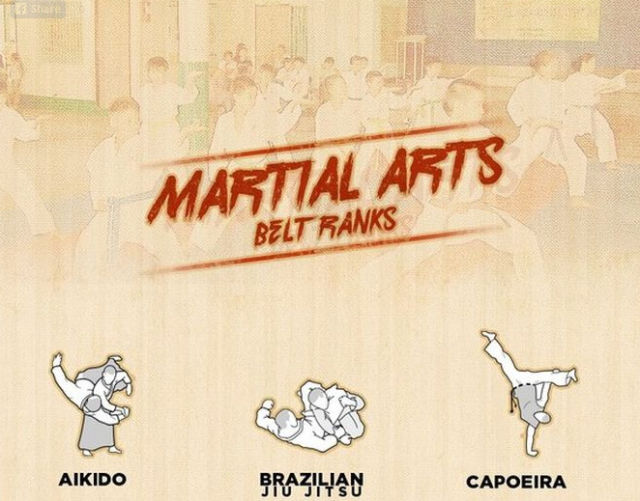Martial arts have an interesting history that spans centuries and continents. You may find it intriguing just how ancient techniques like Shuai Jiao and Kalaripayattu laid the groundwork for modern-day fight strategies. These self-controls not only highlight physical skills but also reflect the societies that birthed them. As you explore their evolution, consider exactly how globalization has actually changed these conventional forms right into hybrid styles. What influences do you believe have shaped today's martial arts landscape?
Ancient Martial arts: The Structures of Fight
As you delve into the world of ancient martial arts, you'll uncover the rich structures that formed battle methods across cultures. Early techniques focused on Self-Defense and survival, typically integrating strikes, hurting, and weapons.
In old China, as an example, methods like Shuai Jiao emphasized tosses and joint locks, while India's Kalaripayattu showcased dexterity and fluid activity. Japanese samurai established Kenjutsu, a polished swordsmanship that highlighted self-control and approach.
These martial arts offered not just for fight but likewise as a means of personal advancement, instilling values like regard and perseverance. The blending of these strategies with time laid the groundwork for the diverse martial arts you see today, each showing the special ideologies and needs of its society.
The Cultural Influence on Martial Arts Development
While martial arts usually reflect the functional requirements of a culture, they also symbolize the social worths and beliefs of their beginnings. When you discover various martial arts, you'll observe exactly how they're affected by religious beliefs, viewpoint, and social norms.
As an example, the emphasis on respect and self-control in Japanese martial arts comes from Zen Buddhism and samurai society. On the other hand, Brazilian Jiu-Jitsu advertises adaptability and method, shaped by the requirement for effectiveness in a varied, multicultural atmosphere.
kajukenbo black belt might discover that the routines, uniforms, and training approaches mirror a neighborhood's history and identity. By understanding these cultural impacts, you deepen your appreciation of martial arts and their function fit human experiences around the world.
Modern Adaptations and the Globalization of Martial arts
Martial arts have transformed dramatically in current decades, adapting to modern society and global impacts. You'll see that conventional kinds have blended with modern-day techniques, developing hybrid styles like mixed martial arts. These adaptations cater to varied target markets, making martial arts obtainable and attractive worldwide.
With the increase of social networks and digital systems, you can discover tutorials and competitors from all corners of the world, breaking geographical barriers. This globalization has brought about a common admiration for different techniques, from Brazilian Jiu-Jitsu to Taekwondo.
As view website involve with these arts, you'll realize they're not almost battle; they advertise physical fitness, technique, and psychological wellness.
Eventually, contemporary adaptations have actually improved the martial arts landscape, making it a vibrant and progressing practice.
Conclusion
In checking out the background and evolution of martial arts, you discover a fascinating mix of strategies, cultures, and philosophies. From ancient techniques like Shuai Jiao and Kalaripayattu to the modern-day versatility seen in mixed martial arts, martial arts mirror humankind's quest for Self-Defense and personal development. As you involve with these practices, you not only get skills however also a deeper gratitude for the varied traditions that shape our globe today. So, continue your journey and welcome the art of fight!
